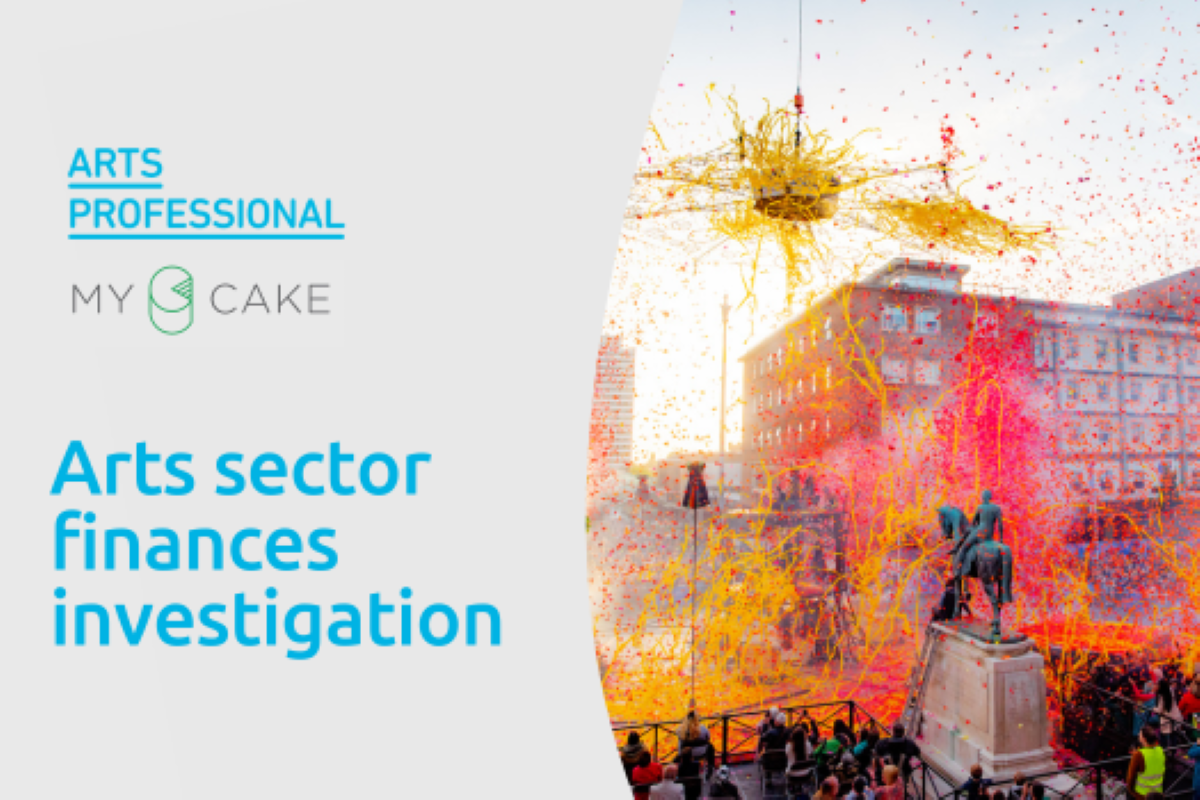
Sector finances revelations pose big questions
Following extensive research into the finances of arts organisations, Sarah Thelwall of MyCake reflects on the serious implications for the sector.
Early on in the cost-of-living crisis The Lowry in Salford was among the first cultural organisations to warn of the implications of soaring costs for both it and the wider sector, predicting its energy bills were set to triple.
In the two years since then lots of individual voices have spoken out about the financial problems they are facing post-Covid – large and small arts and culture organisations up and down the country. But it has been difficult to get a true sense of scale of the issue.
Worrying trend across the sector
While The Lowry's predicament made the headlines, the financial precarity of many others has not. The data collated for Arts Professional and MyCake's investigation gives a greater voice to those who haven't been heard. It moves us from individual anecdotes to a clear perspective on the sector.
It's not just one or two organisations having a tough time, the data shows a trend across the sector. It roots any opinions we might have in hard fact beyond individual examples.
So what are the prospects for the sector?
While arguably the largest cultural institutions are 'too big to fail', that certainly cannot be said of all. The larger organisations are likely to be better able to weather the storm because they're big enough that they can make use of long-term debt finance, tend to have greater access to individual philanthropy and are more likely to be able to handle this downturn for longer.
Greatest risk with smaller organisations
MyCake's work for the Esmee Fairbairn Foundation, Power to Change and others, which looked at the potential impact of the cost-of- living crisis, showed the greatest risks are with the smaller organisations.
How do we use data like this to identify the organisations at greatest risk especially those in a pivotal role in their places and communities? How is the financial resilience of organisations changing and where is intervention needed? How do we address the financial inequalities faced by smaller organisations, those serving minoritised communities and those serving deprived communities?
If we've got a large number of organisations really struggling, who are burning through their hard won reserves, how do we intervene before they close? What happens if we lost, for instance, 20% of organisations in these cohorts? What impact would that have on access to arts in local areas?
We need to ask questions intelligently
The data we have collated allows us to ask those questions in ways we haven't before. We can use it to ask those questions intelligently – whether we do that in Wigan, Hartlepool, Leeds, Cornwall.
We can understand where financial resilience is an issue across organisations in these areas and then ask the question about the role they play in the arts, culture and heritage landscape of that place.
If the financial picture is not expected to get better any time soon, we need to work out who the anchor organisations are that the sector cannot live without and the answer cannot only be to save the largest institutions.
Sarah Thelwall is founder and Director of MyCake.
![]() mycake.org/
mycake.org/
![]() @mycakefinance | @indianabrambles
@mycakefinance | @indianabrambles
Join the Discussion
You must be logged in to post a comment.